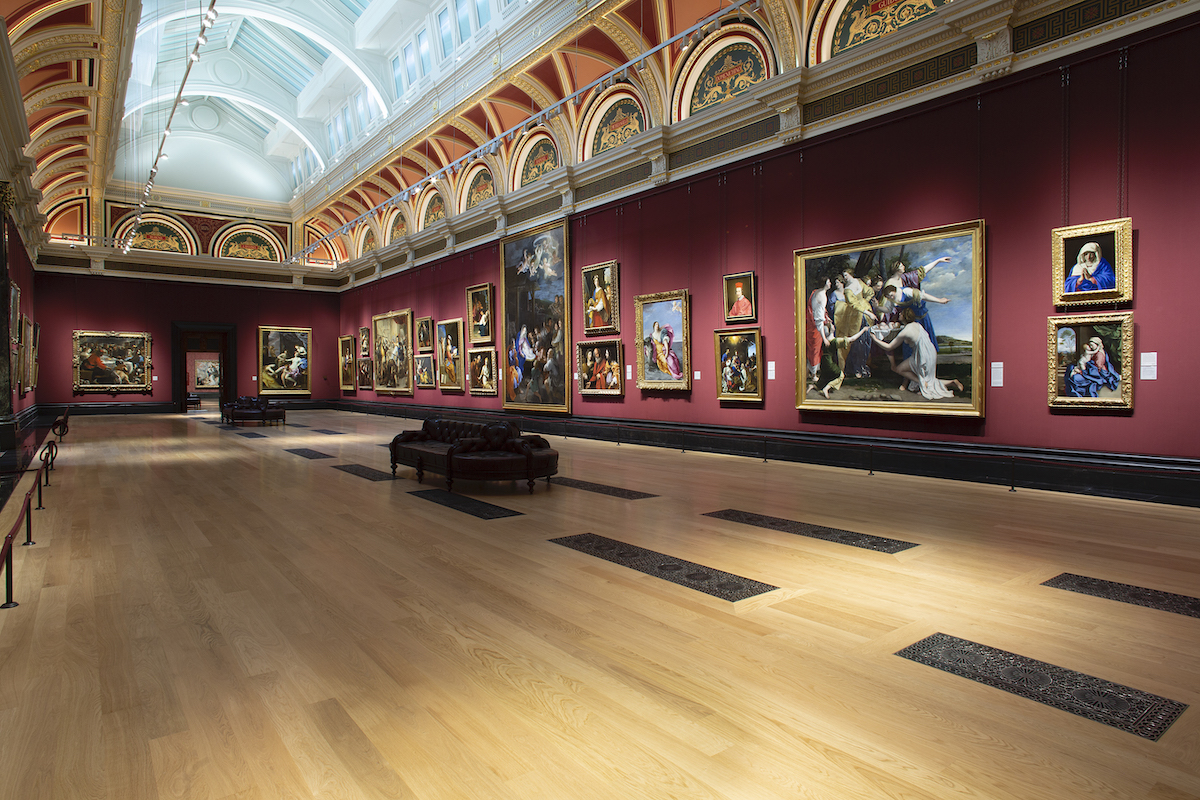
ARTEMISIA CUTS A DASH, AND A HEAD OR TWO
Artemisia, National Gallery in London 3 October 2020 – 24 January 2021 Don’t try this at home. Just try to imagine what it would be like to slice somebody’s head off with a sword. First of all,you have to make […]

